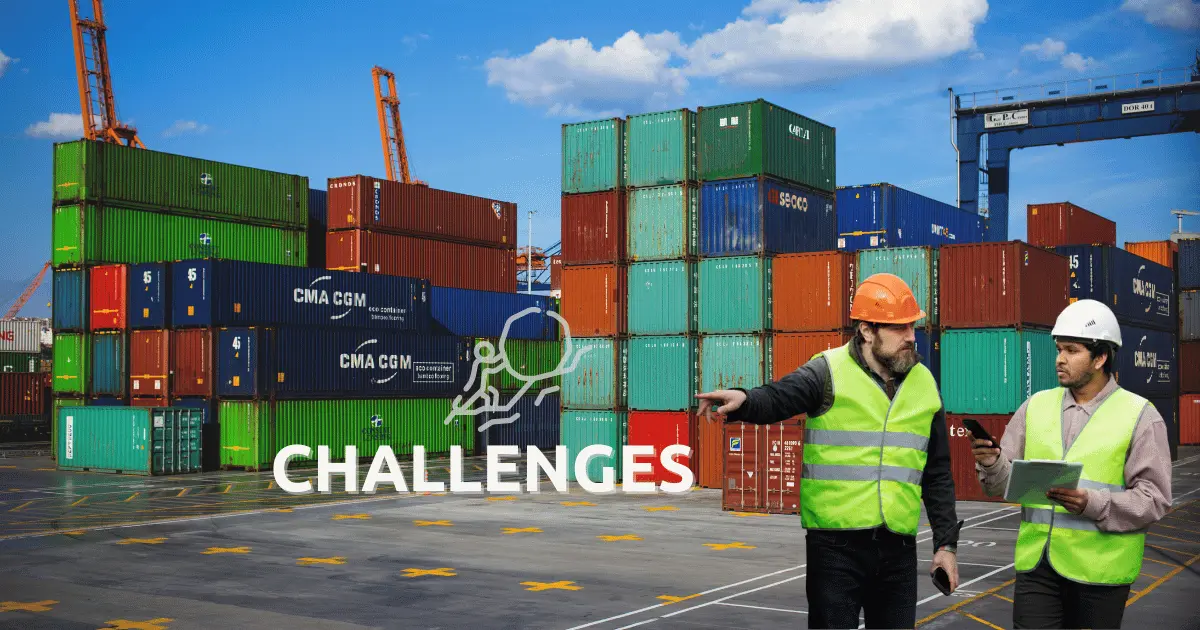In the domain of architecture and construction, which is predominantly ruled by innovation and sustainability, container construction comes with a transformative idea of renovating those containers into living spaces. Like any other revolutionary idea, this transformative path faces challenges as well.
Like the other engineering and transportation challenges, there is one more critical challenge in ensuring safety and compliance in any construction project and that is none other than the set of building codes and regulations.
These guidelines play a dual role of hope and a barrier in the transformative process of container construction. Today, let’s learn the challenges of meeting building codes and regulations in container construction and why those guidelines are necessary.
Challenges In Building Codes and Regulations In Container Construction:
Transforming a shipping container into a habitable space is not that simple. The challenge of meeting building codes and regulations is a tedious process to ensure safety and compliance. Here are some of the significant challenges that architects and builders face in this dynamic process:
1. Structural Modifications:
Transforming a rigid steel container into a comfortable living space often involves substantial structural modifications. While these modifications are necessary for functionality and aesthetics, they must align with building codes to guarantee the structural integrity of the final product. Meeting these standards is crucial while maintaining innovation and adhering to traditional building norms.
2. Fire Safety:
Shipping containers are made of steel, which is a good conductor of heat. Fire safety is a critical concern when converting containers into homes. Meeting building codes requires implementing effective fire-resistant materials and designing escape routes that comply with safety regulations. Striking this balance is crucial to creating homes that are stylish and safe havens in the event of a fire.
3. Insulation Challenges:
Containers are inherently metal boxes; without proper insulation, they can become unbearably hot or cold. Meeting building codes demands effective insulation to ensure energy efficiency and comfortable living conditions. However, finding insulation solutions that meet these requirements while not compromising space and structural integrity can be a significant hurdle.
4. Ventilation and Air Quality:
Ensuring proper ventilation is essential for any living space. Container constructions, being inherently compact, face challenges in meeting ventilation requirements outlined in building codes. Addressing this issue involves thoughtful design to enhance airflow and maintain air quality within the confined space of a container home.
5. Local Building Standards and Zoning Regulations:
Building codes and regulations can vary significantly from one region to another. Local authorities may have specific standards for construction materials, design aesthetics, and land use. Navigating through this maze of regional variations requires meticulous research and adherence to local building standards to avoid potential legal issues and ensure the acceptance of container homes in a particular area.
6. Foundation Requirements:
Proper foundation support is crucial for the stability and safety of any structure, including container homes. Meeting building codes often involves understanding and fulfilling specific foundation requirements that vary based on factors like soil conditions and seismic activity. Adapting containers to these diverse foundation needs adds an additional layer of complexity to the construction process.
7. Plumbing and Electrical Compliance:
Integrating plumbing and electrical systems into container construction demands careful planning to meet building codes. Ensuring that these vital components adhere to safety standards while accommodating the unique aspects of container living, such as limited space and unconventional layouts, poses a challenge for builders.
Conclusion:
As container constructions continue to gain popularity, overcoming these challenges becomes imperative for architects and builders dedicated to creating safe, comfortable, and compliant living spaces.
Meeting building codes isn’t just a checkbox it’s the key to gain the full potential of container homes while safeguarding the well-being of their occupants.

